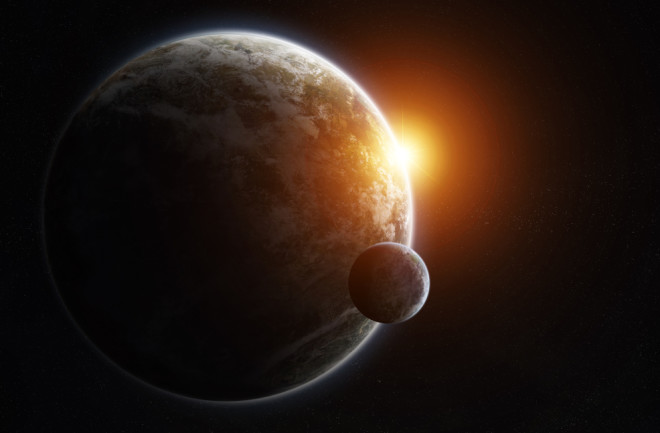When Guglielmo Marconi made the first “long-distance” radio broadcasts in 1895, his assistant tuned into from a less than a kilometer away. Marconi went on to develop the world’s first commercial radio system and, by the time of his death in 1937, radio signals were routinely used to communicate across the world.
These broadcasts have also travelled into space, signaling to all who care to tune in, that humanity has emerged as a technologically advanced species. The first signals have now been travelling for over hundred years, reaching distances that would have been unimaginable to Marconi.

